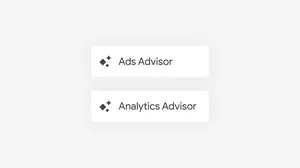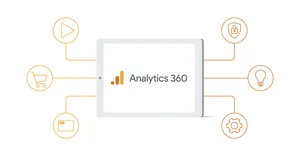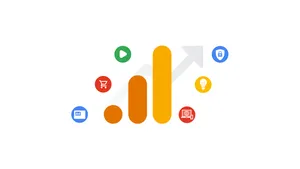The life of a help center article
Google has dozens of help centers both for external and internal products. Our Technical Writers work hard to keep up with new features, constantly adding new articles, reviewing user feedback and usage metrics to improve existing content. They work closely with Product Managers, Engineers, Marketing and other parts of the company to make sure their content is accurate and in line with the messages Google wants to convey.
The Google Analytics 360 Suite publishes 8 Help Centers, including Analytics, Tag Manager, Optimize, Attribution and others. With so much knowledge being shared, we thought it would be interesting to our users to understand how we produce this content and where our ideas come from. So we decided to talk to one of our Technical Writers, Rick Elliott, who is responsible for content published in the Data Studio Help Center.
The Google Analytics 360 Suite publishes 8 Help Centers, including Analytics, Tag Manager, Optimize, Attribution and others. With so much knowledge being shared, we thought it would be interesting to our users to understand how we produce this content and where our ideas come from. So we decided to talk to one of our Technical Writers, Rick Elliott, who is responsible for content published in the Data Studio Help Center.
Basically, all help content comes from asking the question: what does the user need? We hope the product is intuitive and easy to use so that extra help is not required, but there are always concepts or flows that require more explanation. So that's the start of a new Help Center article. Depending on the situation, a new article usually stems from 1 of 3 sources:
Watch the video to learn more about how Rick developed massive Help sections such as the chart references and the "warm welcome report".
- We launch a new feature and it requires documentation.
- We get questions from users on the help forum that can be answered by a new article.
- A writer gets a bee in their bonnet and decides we need to document something more fully.
Watch the video to learn more about how Rick developed massive Help sections such as the chart references and the "warm welcome report".






